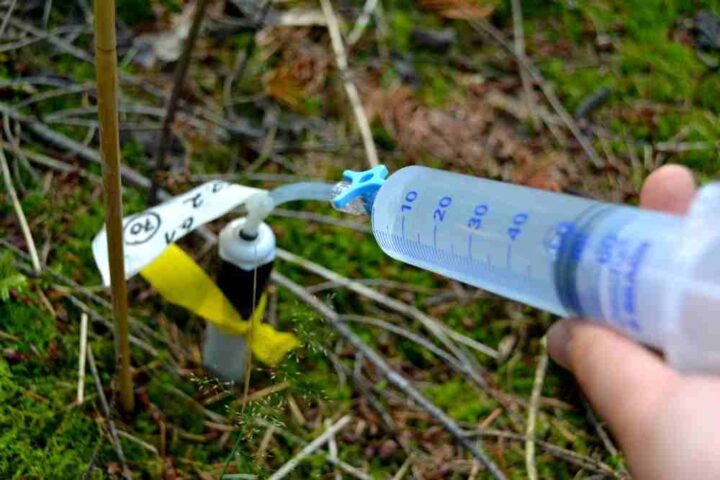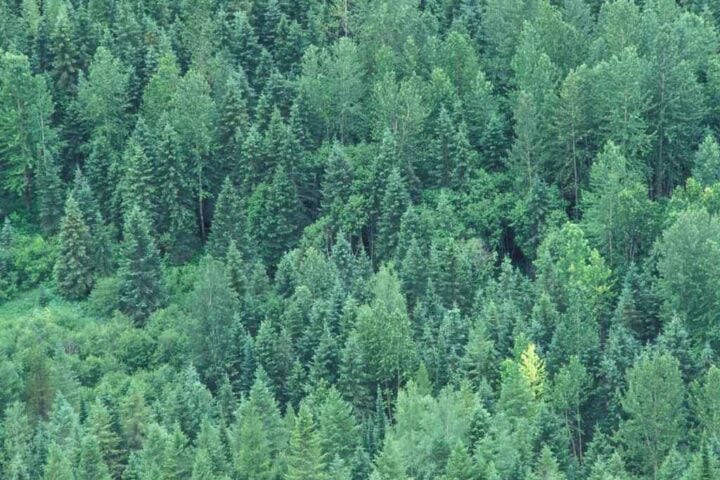In a forest management discovery, University of Minnesota researchers have found that native grasses can effectively combat one of Minnesota’s most aggressive invasive species – buckthorn. The research, published in Ecological Engineering (December 2024), shows that seeding native grasses alongside buckthorn removal substantially reduces reinvasion.
“There are no easy solutions when it comes to buckthorn, but this work clearly demonstrates that by investing in native biodiversity we can make our natural areas more resistant to invasion in a way that means less time and money combating those invaders, fewer herbicides put into our environment, and healthier ecosystems overall,” said Mike Schuster, researcher in the College of Food, Agricultural and Natural Resource Sciences.
The study, funded by the Minnesota Invasive Terrestrial Plants and Pests Center and supported by the Minnesota Environment and Natural Resources Trust Fund as recommended by the Legislative-Citizen Commission on Minnesota Resources (LCCMR), shows precise results: areas with established native grasses saw 47% fewer returning buckthorn plants, which were 81% smaller in size. Overall, buckthorn returning from seed decreased by 90%.
More Stories
Virginia wildrye and other native grass species proved most effective in woodlands with adequate light exposure. Grasses do not establish well in dark forests but can form nearly impenetrable thickets in more open woodlands.
Peter Wragg, lecturer in the Department of Forest Resources, noted: “This is one way we can interrupt the seemingly endless cycle of buckthorn management that so many of our woodlands find themselves trapped within. It gives us an opportunity to choose a different path forward.”
The research shows seeding should occur in early spring after fall or winter buckthorn removal, with follow-up treatments during summer for resprouting buckthorn. This timing maximizes the establishment of native grass cover during the critical period when cleared areas are most vulnerable to reinvasion.
Each year millions of dollars are spent trying to remove buckthorn from Minnesota’s woodlands and forests. Traditional removal methods often result in temporary success, as buckthorn typically reclaims cleared areas within years.
The research team is currently working on honing the technique by exploring the most effective and cost-efficient seed mixtures and seeding rates, as well as evaluating how seeding efficacy varies across Minnesota’s diverse woodlands and forests.


















